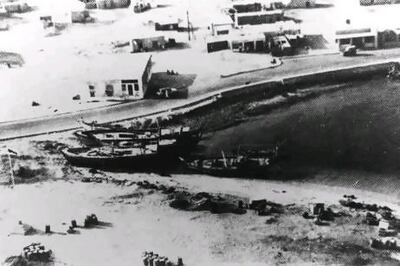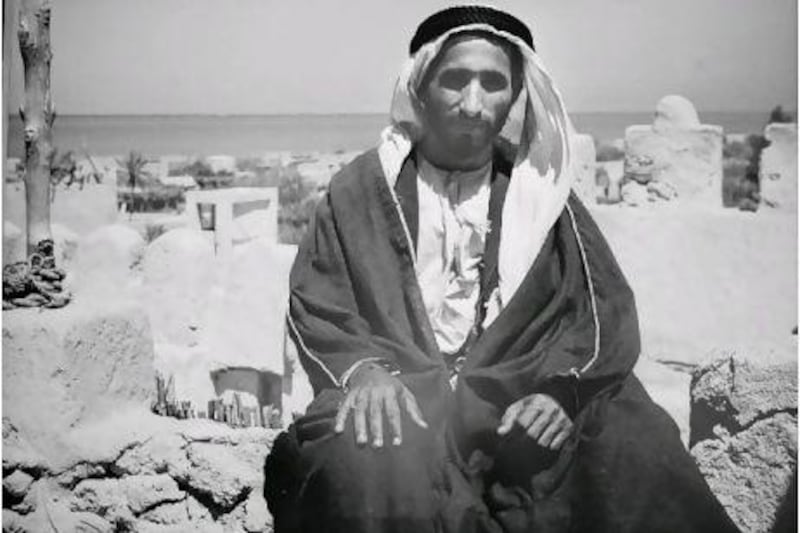Fifty-two years ago this month, Ras Al Khaimah officially joined the United Arab Emirates.
The northernmost emirate was the last to join the union, coming to the fold on February 10, 1972, more than two months after the country’s establishment.
So, why did the emirate delay joining the union? Although Ras Al Khaimah was part of the federation talks, its leader, Sheikh Saqr bin Mohammed Al Qasimi, was not keen on the July 1971 proposal that favoured, instead of unanimity within the Supreme Council, a majority ruling of five emirates that must include Abu Dhabi and Dubai, because they would pay the lion’s share of state finances.
Six emirates signed the provisional constitution for this measure, creating a 40-member National Consultative Council. Sheikh Saqr, however, asked for more time to consider the proposal. But political developments in the region did not leave much room.

On November 30, 1971, the Imperial Iranian Navy seized the islands of Abu Musa and the Greater and Lesser Tunbs.
Iran laid claim to the islands despite Sharjah's claimed sovereignty over Abu Musa, while Ras Al Khaimah said the Greater and Lesser Tunbs fell under its domain. Sharjah had reached a temporary agreement with Iran that said the emirate’s flags would adorn official buildings, and ensured that Iranian troops stayed "away from buildings and farms". Iran, meanwhile, would receive an annual payment of £1.5 million ($1.9 million). The oil revenue would be divided equally between the two entities. Ras Al Khaimah was reluctant to reach a similar agreement and rejected a British-mediated proposal.
"Nations are not sold by money," Sheikh Saqr told the British representative Sir William Luce, the UK’s political resident in the Gulf. "If they are taken, they are taken by blood and I will not put my signature on a document that gives Arab islands to others. One day the Arab nation will be one … and it will gain back these islands."
A small force of Ras Al Khaimah police resisted the Iranian seizure. Three members of the force were killed in the attack and the local population of the Greater and Lesser Tunbs were displaced. They were rounded up and left on a beach in Ras Al Khaimah the evening of the attack.
After the attack, Sheikh Saqr wrote a letter to the UAE Founding Father, the late Sheikh Zayed bin Sultan Al Nahyan, saying the islands’ protection was the only condition to his joining the union.
Sheikh Saqr travelled to Al Manhal Palace in Abu Dhabi on the morning of February 11, 1972. His journey must have been a sight to behold as his Mercedes-Benz sped across hundreds of kilometres of desert escorted by two military pick-up trucks. At Al Manhal Palace, he agreed to the provisional constitution and the UAE took its current form, further underscoring Ras Al Khaimah’s name, which in English translates to “headland of the tent”.
Since then, Ras Al Khaimah has carried out major developments to its infrastructure since it joined the UAE, and has been aiming to bring to light the vastness of its history, which dates back 7,000 years.
The emirate is home to several archaeological sites, which are among the most prominent in the country, including Shimal, a site dating back to the Umm Al Nar culture between 2600 and 2000BC. The RAK Department of Antiquities and Museums has been working in collaboration with several universities in the US to learn more about the lives and culture of the people who lived in the region during the Bronze Age. More recently, the emirate revealed plans for a major commercial and residential district that will include three million square feet of rentable office space, more than 4,000 apartments and three hotels.







